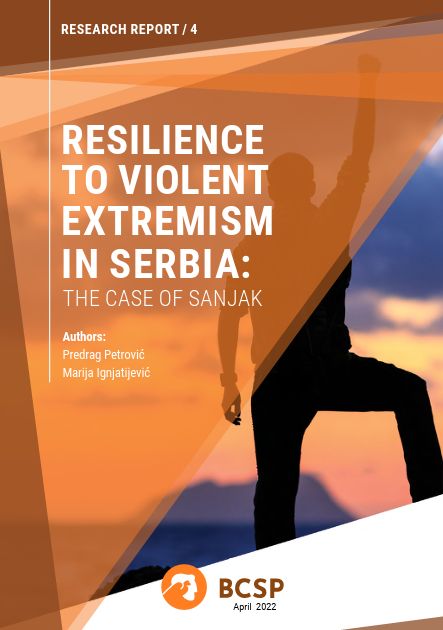Resilience to Violent Extremism in Serbia: The Case of Sanjak
Resilience to Violent Extremism in Serbia: The Case of Sanjak
Author(s): Marija Ignjatijević
Subject(s): Politics, Security and defense, Nationalism Studies, Inter-Ethnic Relations
Published by: BCBP Beogradski centar za bezbednosnu politiku
Keywords: Challenges Risks and Threats; Extremism; Islamist extremism
Summary/Abstract: Many experts had gloomy forecasts about violent Islamist extremism and terrorism in Serbia. Sanjak – the southwest region in Serbia populated by Muslim majority – was even dubbed Jihadist hotbed, as it was the center for further spreading ultra-conservative Salafism from the neighboring Bosnia and Herzegovina into Serbia, and a region where the recruitment of Syrian foreign fighters took place. Among the most influential militant Salafi leaders in Vienna who maintained contacts with ISIS there were individuals from Sanjak. However, despite these forecasts and the presence of both push and pull factors of violent extremism, Sanjak has proved to be very resilient to violent Islamist extremism. Compared to other countries in the Western Balkans, a relatively small number of people from Serbia (49 of them including women and children) joined militant Islamist groups in Syria. Only a few incidents involving militant Salafis and failed terrorist plots happened. People in Sanjak showed both resilience to violent extremism and to the spread of the ultra-conservative interpretation of Islam.
Series: Beogradski Centar za Bezbednosnu Politiku - POLICY PAPERS
- Page Count: 40
- Publication Year: 2022
- Language: English
- Content File-PDF
- Introduction

